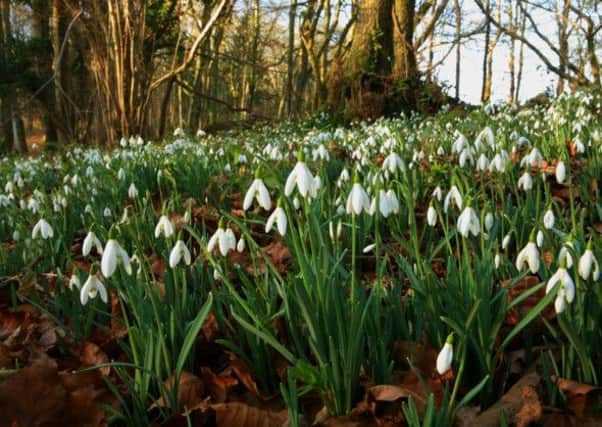Mild winter may be a threat to wildlife


Yes, we’ve been buffeted by winds and soaked by torrential rain, but the frost, ice and snow that left us shivering in recent winters is yet to materialise.
The warmest December for a quarter of a century has been followed by a mild January. And it seems this warm, wet spell has deceived some of our wildlife into believing spring has already sprung.
Advertisement
Advertisement
A quick glance at your nearest park, garden or field edge may trick you into thinking we are already in March rather than the deep mid-winter. The widespread sight of pale green daffodil stems thrusting up bamboo-like through the claggy earth is an unexpected early treat.
But it’s not only the daffodils that have appeared early. The Woodland Trust’s Nature’s Calendar records the first signs of the changing of the seasons. So far this winter they have been inundated with early sightings of spring.
Snowdrops, which typically appear at the end of January, were seen at more than 30 locations from Kent to Anglesey in the first fortnight of the month. Hazel has also been reported flowering from Devon to Lincolnshire.
However, these early risers may still be in for a short, sharp, shock.
Advertisement
Advertisement
Chris Hickman, from the Woodland Trust, says. “There could be a lack of food sources along the food chain for those creatures which come out of hibernation or have young earlier.
“A prolonged spell of freezing weather later into spring, like in 2013, could be a threat to life.”